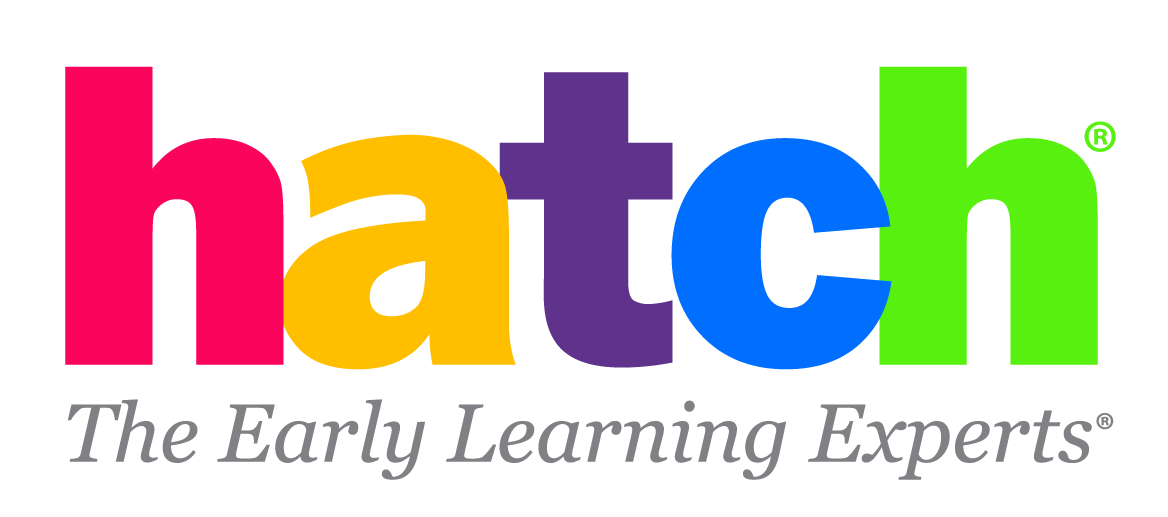In the realm of education, the relationship between school administrators and teachers is crucial for creating a thriving learning environment. However, this relationship can sometimes be strained due to differing perspectives, goals, and responsibilities. One powerful strategy to bridge this gap and foster a more cohesive school community is collaborative reflection. By engaging in reflective practices together, administrators and teachers can enhance mutual understanding, improve communication, and work towards common goals.
What Is Collaborative Reflection?
Collaborative reflection involves school administrators and teachers working together to critically analyze and discuss their practices, experiences, and outcomes. Unlike individual reflection, which is a solitary activity, collaborative reflection is a shared process that promotes dialogue, mutual support, and collective learning. It provides a structured opportunity for educators at all levels to reflect on their work, share insights, and develop strategies for improvement.
Benefits of Collaborative Reflection
- Enhanced communication: Fosters open dialogue, allowing both parties to express views, concerns, and ideas without fear of judgment, breaking down barriers and building trust.
- Mutual understanding: Provides deeper insights into each other's roles and challenges, fostering empathy and respect.
- Shared vision and goals: Aligns objectives and ensures cohesive, coordinated efforts in school improvement initiatives.
- Collective problem-solving: Enables collaborative identification and resolution of issues, leveraging the strengths of both administrators and teachers.
- Professional growth: Offers opportunities for learning from each other’s experiences, enhancing skills and knowledge.
- Improved school culture: Promotes a supportive environment focused on continuous improvement and student success.
Implementing Collaborative Reflection in Schools
To successfully implement collaborative reflection, schools can take the following steps:
- Create structured opportunities for reflection: Schedule regular meetings or professional development sessions dedicated to collaborative reflection. Ensure that these sessions are well facilitated and focused on specific topics or goals.
- Establish norms and guidelines: Develop clear norms and guidelines for collaborative reflection to ensure that discussions are productive and respectful. Encourage active listening, openness, and constructive feedback.
- Use reflective frameworks and tools: Introduce reflective frameworks and tools that can guide the reflection process. These may include reflective journals, discussion prompts, and structured protocols like the Critical Friends model.
- Encourage inclusivity and participation: Ensure that all voices are heard during reflective sessions. Encourage participation from a diverse group of teachers and administrators to gain a wide range of perspectives.
- Develop and follow up on action plans: Use the insights gained from collaborative reflection to develop actionable plans for improvement. Follow up on these plans to track progress and make necessary adjustments.
Conclusion
Collaborative reflection is a powerful strategy for bridging the gap between school administrators and teachers. By engaging in reflective practices together, educators can enhance communication, build mutual understanding, and work towards shared goals. This collaborative approach not only strengthens relationships but also leads to a more cohesive and effective school community. As schools continue to face complex challenges, fostering a culture of collaborative reflection will be key to achieving continuous improvement and ensuring the success of all students.
